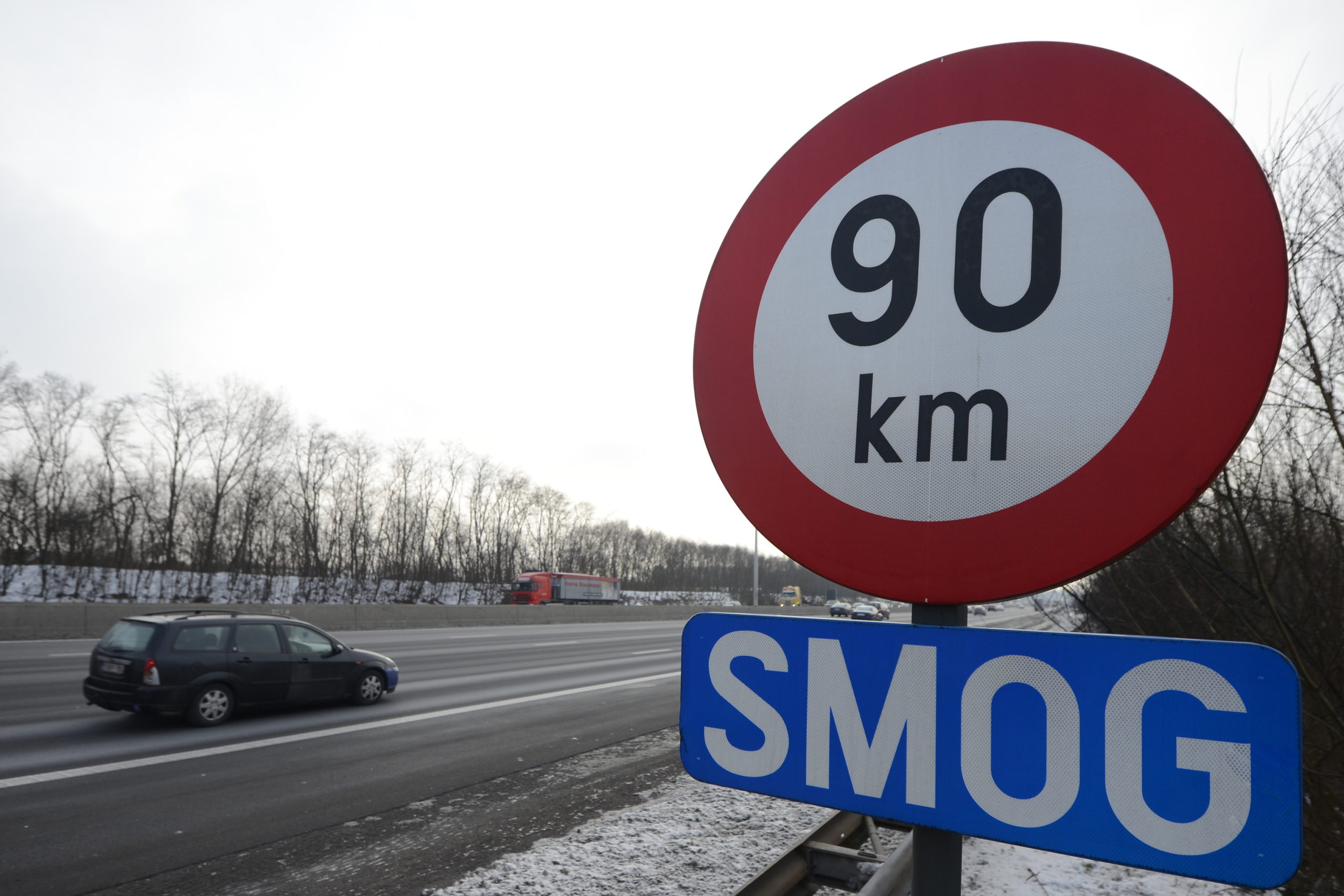
Belgian large-scale study on particles’ health risks

The average air pollution (with particles smaller than 10 micrometers in diameter) in Belgium is about 20 micrograms per cubic meter of air. On days with smog, this rate can easily go up to 60 to 70 micrograms /Belga
High concentrations of particles in the air increase the risk for cardiovascular diseases or stroke. That is the clear conclusion of a large


Comments
Ready to join the conversation?
You must be an active subscriber to leave a comment.
Subscribe Today